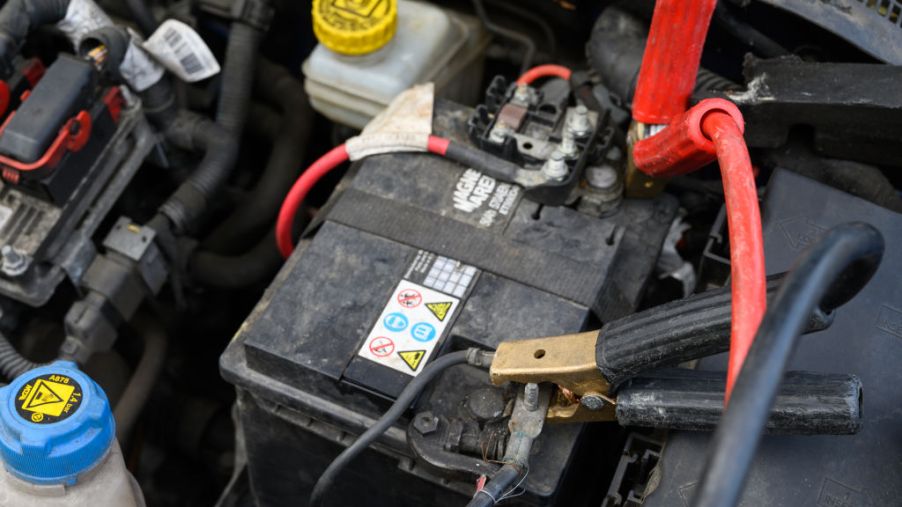
What to Do If Your Car Battery Dies
It’s happened to all of us. You hop in your car, turn the key in the ignition, and the engine makes a sluggish sound before dying — or maybe it doesn’t start at all. Why? The battery is dead. Here’s what to do next.
When your car battery dies
Maybe you accidentally left the lights on in your car. Maybe your vehicle endured a sweltering hot summer that weakened its battery. Typically, a dead battery means calling for help from AAA or a similar company. But there are ways you can deal with a dead battery on your own with a little know-how and the right gear.
You face one of three scenarios here. The first course of action will be to jump-start the vehicle to charge the battery. Ideally, it will hold the charge and be fine for a while. However, it may not hold the charge, which requires that you jump-start it each time in order for it to work. Or you won’t be able to charge it by jump-starting at all.
Jump-starting your car correctly
To jump-start the car, you’ll need jumper cables and another operational vehicle. Here’s what to do:
1. Take out your jumper cables
It’s important to keep a good set of jumper cables in your car. Otherwise, you’ll have to call for roadside assistance or hope you can find a good samaritan who has cables you can use.
2. Get the vehicles ready
Park the workable car so it’s facing the vehicle you need to jump-start with about 18 inches of space between them. Make sure both vehicles are parked or in neutral. Engage the parking brakes on both vehicles to keep them from moving unexpectedly.
3. Attach the jumper cables
Open both car hoods and locate the battery and terminals in both. Start with the red, positive cable clamp and attach it to the positive (+) battery terminal of the battery that’s dead. Make sure the connection is solid. The other red, positive cable clamp will attach to the working vehicle’s positive (+) battery terminal.
The black clamp will attach to the negative (-) terminal on the working battery. Don’t attach the other black, negative cable clamp to the dead battery. Instead, on the vehicle you need to jump-start, attach the clamp to an unpainted metal component within the car.
4. The jump start
Start the working vehicle’s engine and allow it to run for a few minutes. Then you can try to start the dead car. It should start. If it doesn’t, let the other vehicle run and charge the battery for a couple more minutes before trying again. If the vehicle with the dead battery still doesn’t start, you can try revving the engine of the working car to see if that helps.
5. Remove the cables and try it out
Once the car with the dead battery is running, remove the jumper cables. Begin with the black, negative clamps and don’t allow them to touch each other. Close the hood on both vehicles.
If the dead car was successfully charged and runs, you can drive it to let the battery’s charge build. Ideally, it should run for at least 15 to 20 minutes. Alternatively, you can also use a portable car charger to jump-start a vehicle with a dead battery.
The battery won’t hold a charge or the jump start failed
If the battery won’t hold a charge, dies again later, or couldn’t be charged, there may be another issue:
- The age of the battery could be a factor. Most batteries have a life expectancy is about four to six years. If the battery is older, it may be time to replace it.
- If you didn’t drive the car long enough after the jump-start, it could be the reason it died again. Drive the car for at least 20 minutes to give it a chance to build a charge.
- An accessory or light that’s powered by the battery was left on and drained the battery’s power. This could be an issue even if the car wasn’t running.
- There’s a hidden drain on the battery. The issue could be a faulty alternator among other potential problems.
- There could be a mechanical problem that prevented the battery from charging even as you drove the vehicle.
At this point, it will be necessary to troubleshoot and see if you can determine the cause. With regular maintenance, you can extend your battery’s life. If your vehicle’s battery stops working, and you can’t find the issue, your local auto shop should be able to help you diagnose the problem. They can help you get your car running again.


